(UPDATE: Now that Avengers: Endgame has been released, you may want to read my analysis of that fim next.)
Avengers: Infinity War is Marvel’s most crowded movie yet.
With an ensemble of nearly 40 characters gathered from across the MCU, the subplots of Infinity War sprawl out like a soap opera.
This is by design.
Starting with 2008’s formula-defining Iron Man, it took Marvel ten years in theaters and almost 60 years on the page to reach this point. Along the way, they earned the global clout that makes this kind of once-unimaginable spectacle now seem not just profitable but almost obligatory.
We don’t just watch Marvel movies; we consume them, because we’ve been trained to obsess over their details and try to predict “what’s next.”
RELATED:
In that sense, Infinity War functions like a big-screen Game of Thrones.
Much like Targaryens and Starks allying on Dragonstone while Lannisters and Tyrells clash on the mainland, Infinity War sees the various stars of separate MCU franchises unite in small groups to pursue individual plot goals. Those smaller arcs exist under the umbrella of an overarching Larger Problem that renders everything else almost irrelevant. In Westeros, that’s the advancing undead army of the White Walkers; here, it’s Thanos and his all-powerful Infinity Gauntlet.
To be fair, it’s nearly impossible to judge Infinity War as its own film.
That’s because it’s so blatantly the first half of a continuing story that trying to assess whether or not it “works” on its own is futile. (This isn’t good or bad. It just means — like The Fellowship of the Ring — that Infinity War is intentionally incomplete, a partial episode in a larger whole.)
So instead, I’d like to examine what stood out to me the most: Infinity War may be Hollywood’s best example yet of how to write a well-paced, well-balanced, massive ensemble plot.
Here’s what worked (in my opinion), what didn’t, and how those missed opportunities could have been fixed.
But first, let’s take one step back.
Setting Audience Expectations
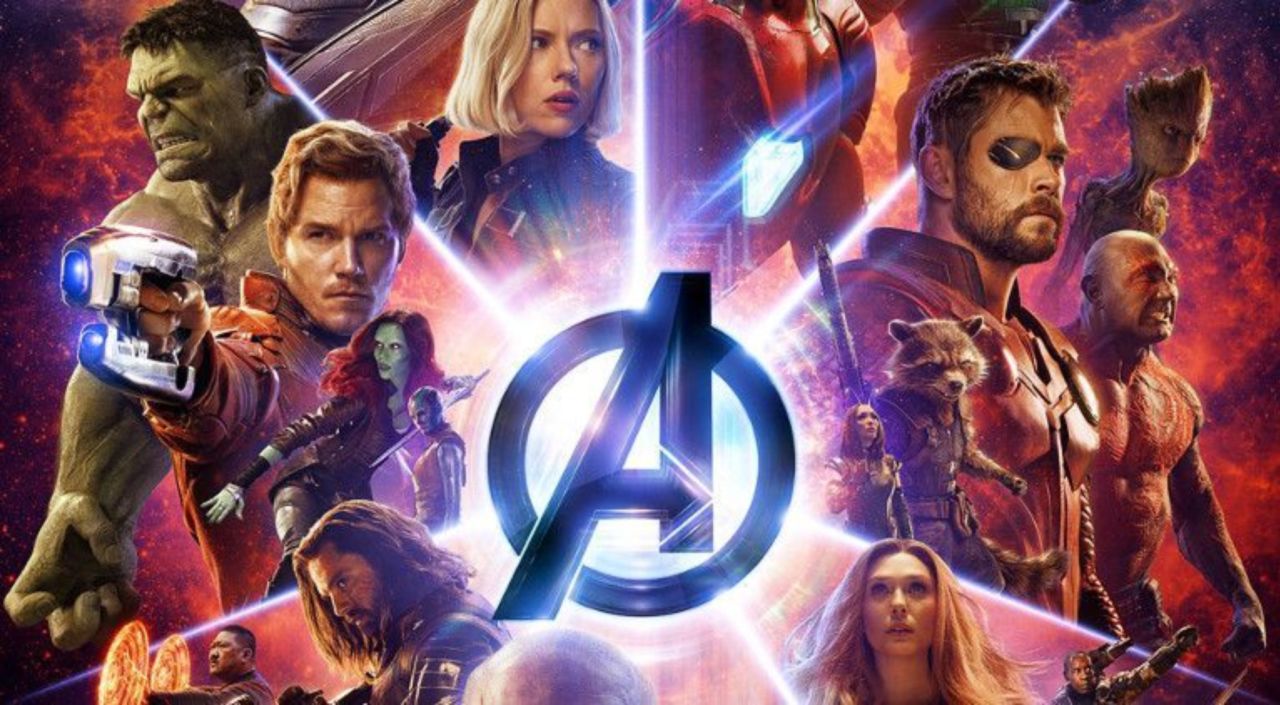
To really appreciate what works in Infinity War — the seamless interplay of dozens of characters with wildly different tones and styles, each of whom create different expectations in the audience — we need to acknowledge the nuts and bolts of how the film was made.
There were 18 MCU films before this one, made by a wide variety of creative teams. Each of them, in some small way, contributed to the large ensemble of characters and plot points that come together in Infinity War.
And the mandate for Infinity War was that it would be Marvel’s biggest movie yet — the culmination of a decade of storytelling into a team-up that was larger than anything audiences had ever seen before.
Amazingly, in that regard, Infinity War delivers.
Directors Joe and Anthony Russo and screenwriters Stephen McFeely and Christopher Markus (who also wrote all three Captain America movies) capably solve the puzzle of merging 40-ish well-known characters and their established dynamics into a coherent story that makes logical and thematic room for each character to coexist.
(Here’s a great interview excerpt about how they did exactly that.)
But getting these heroes to gel together onscreen is mostly a matter of dialogue.
Getting the audience to keep track of who’s who, who’s where, why they’re there, and what each subplot development means to every other subplot? That’s a matter of story structure and pacing.
Here’s where Infinity War gets that part right.
WARNING: MILD SPOILERS AHEAD for Avengers: Infinity War.
What Infinity War Does Well
There are four big ways that Infinity War raises the bar for big ensemble storytelling: in terms of pacing, tonal bridges, character arcs, and information revelation.
Let’s break down each aspect.
Pacing: Rock(et) You Like a Hurricane
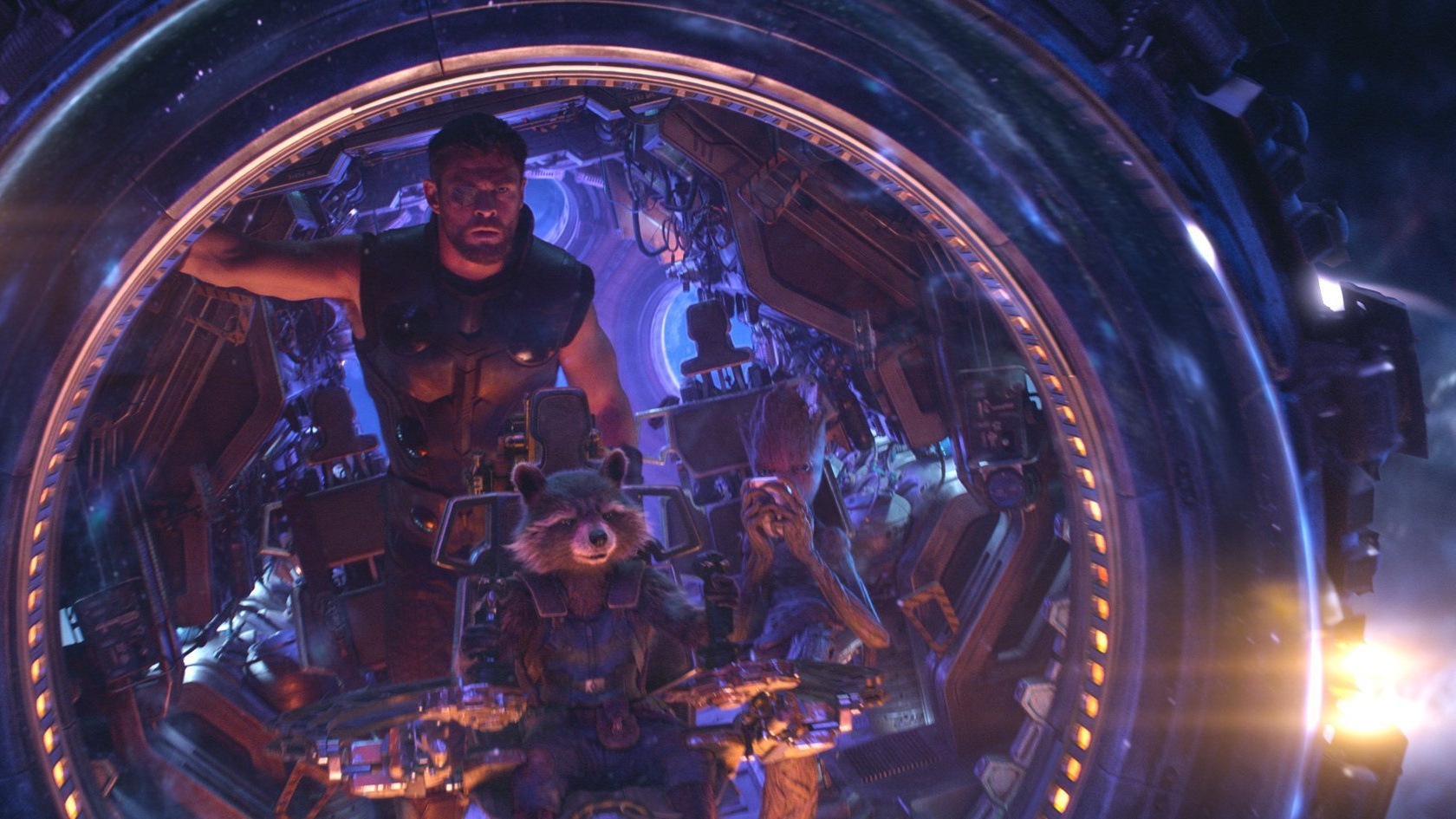
The all-pro pacing of Infinity War is the whole reason I wrote this post.
About five or six scenes into the movie, when we jumped between Stark / Strange / Spidey and Thor / Guardians, I became very aware of the film’s pacing.
Specifically, Infinity War uses each sequence to serve the purpose of a single issue of a comic book crossover event, which is:
- use witty, romantic, or dramatic interplay to remind us why we love these characters in the first place
- juxtapose characters who don’t often appear onscreen together to give us a rare thrill
- advance the plot by raising the stakes and/or revealing new information
- end on either temporary relief or heightened suspense
To me, this was most noticeable in the screentime balance given to the subplots.
We open with Thanos vs. Thor (and Hulk), which establishes the film’s overarching stakes / theme / plot / character arcs.
We then move to New York City, where Iron Man, Doctor Strange, and Spider-Man’s storylines converge, the story’s scope is clarified for the audience, and the stakes are dramatically raised.
We continue to space, where the Guardians of the Galaxy encounter Thor and the team divides in half to pursue separate goals.
And finally we center on Vision and Scarlet Witch, who represent the personal stakes at risk from Thanos’s pursuits. When they’re endangered to the point of total loss, they’re rescued by Captain America, Black Widow, and Falcon, who take them safely home to Rhodey at Avengers HQ, where they hatch the plan to go to Wakanda for what will become Earth’s final showdown.
Only after we’ve bounced around through the Guardians’ and Vision’s storylines for awhile do we finally return to Stark and company on Ebony Maw’s ship — and that’s when I realized we hadn’t seen that plot thread in almost half an hour and it didn’t feel overlooked.
Keeping audiences satisfied sequence after sequence is an incredible feat of story juggling.
Doing that while keeping the plot moving and the characters’ internal and interpersonal tensions rising?
That is, in the very literal sense of the word, an epic success.
Tonal Bridges: An Angel-Pirate’s Life for Me
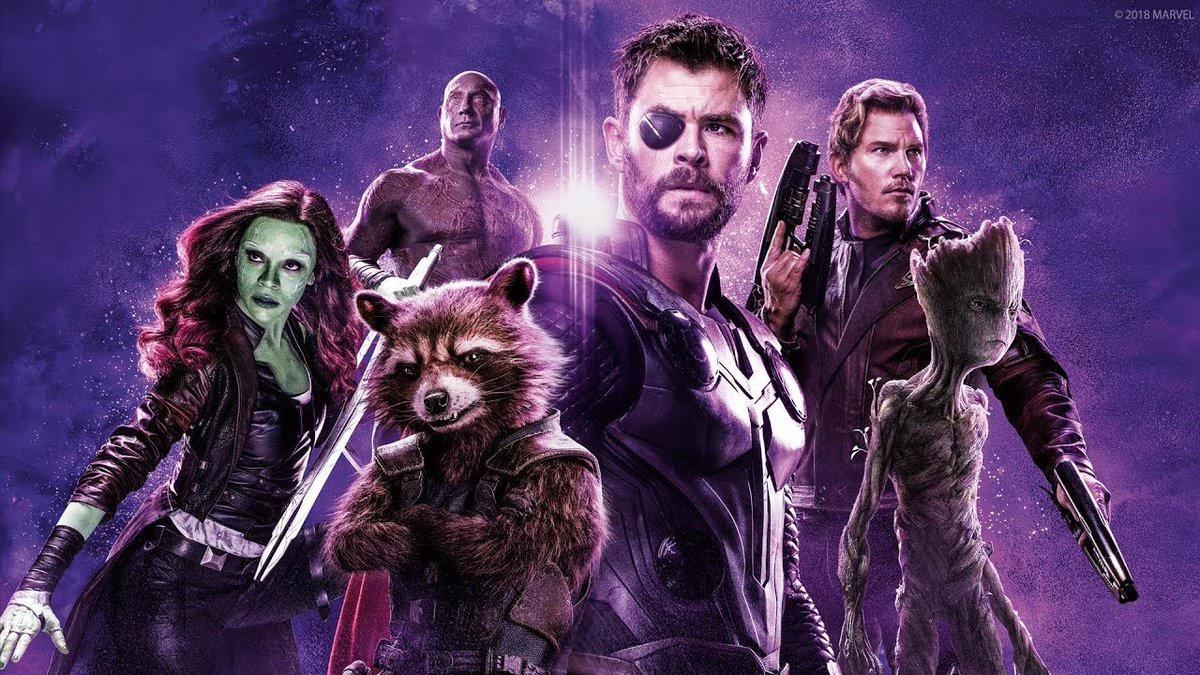
The original Avengers was a then-daring attempt to merge disparate character tones into one complementary vibe. Could Thor’s space opera comedy mix with Iron Man’s hypertech sarcasm and Captain America’s noble ethics?
As it turns out, yes.
What was always so attractive on the page was even more compelling when brought to life by Joss Whedon and company.
But Infinity War had the tricky task of adding Doctor Strange and the Guardians of the Galaxy to the mix.
That means differentiating egotistical asshole Tony Stark from egotistical asshole Stephen Strange without denigrating either character or making them seem narratively redundant.
It also means adding the wacky sitcom antics of Star-Lord and friends to an Avengers “family” that already feels fully-formed after several films together. Would it be overkill?
Thankfully, no. Instead, the Infinity War creators leaned into the most tonally perilous pairings and found a way to make both work.
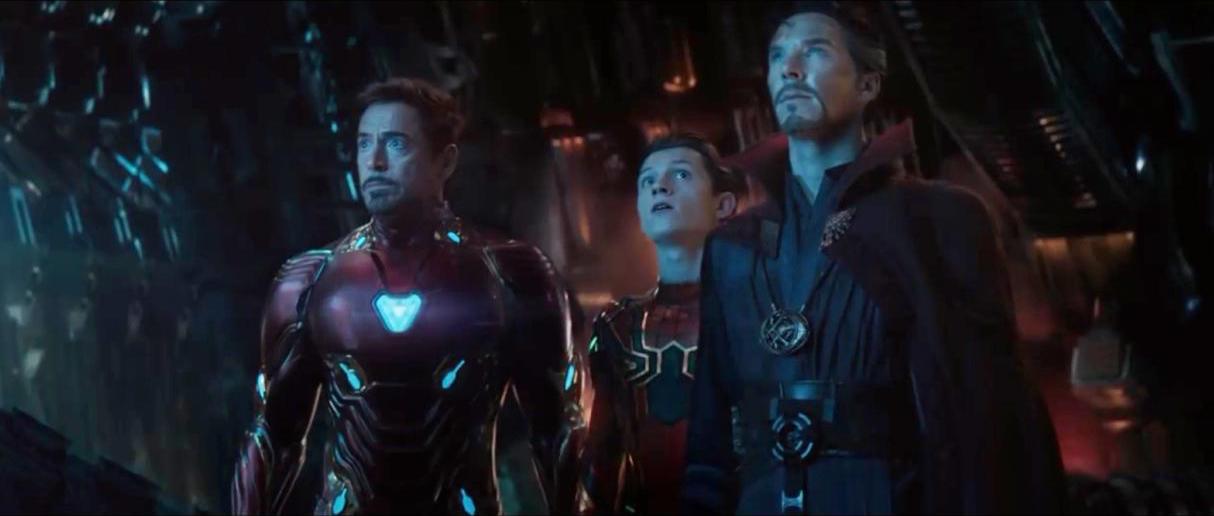
By contrasting Stark and Strange, two naturally competitive alpha geniuses who keep vying for control of the situation, the film creates natural “dramedic” tension. And by later adding Star-Lord to the mix, we have Marvel’s three most egocentric characters trying to work together — which, inevitably, leads to questionable choices that are entirely derived from character. (Although… more on that later.)
Meanwhile, by matching Thor with Rocket and Groot, we have a trio that’s so absurd together, it works like magic. Their juxtaposition also creates perhaps the best punchline of the film (when Thor introduces Groot to his old friends), as well as some surprisingly effective pathos during a quiet moment between Thor and Rocket.
Which brings us to…
Ensemble Character Arcs: Wanda Way or Another…
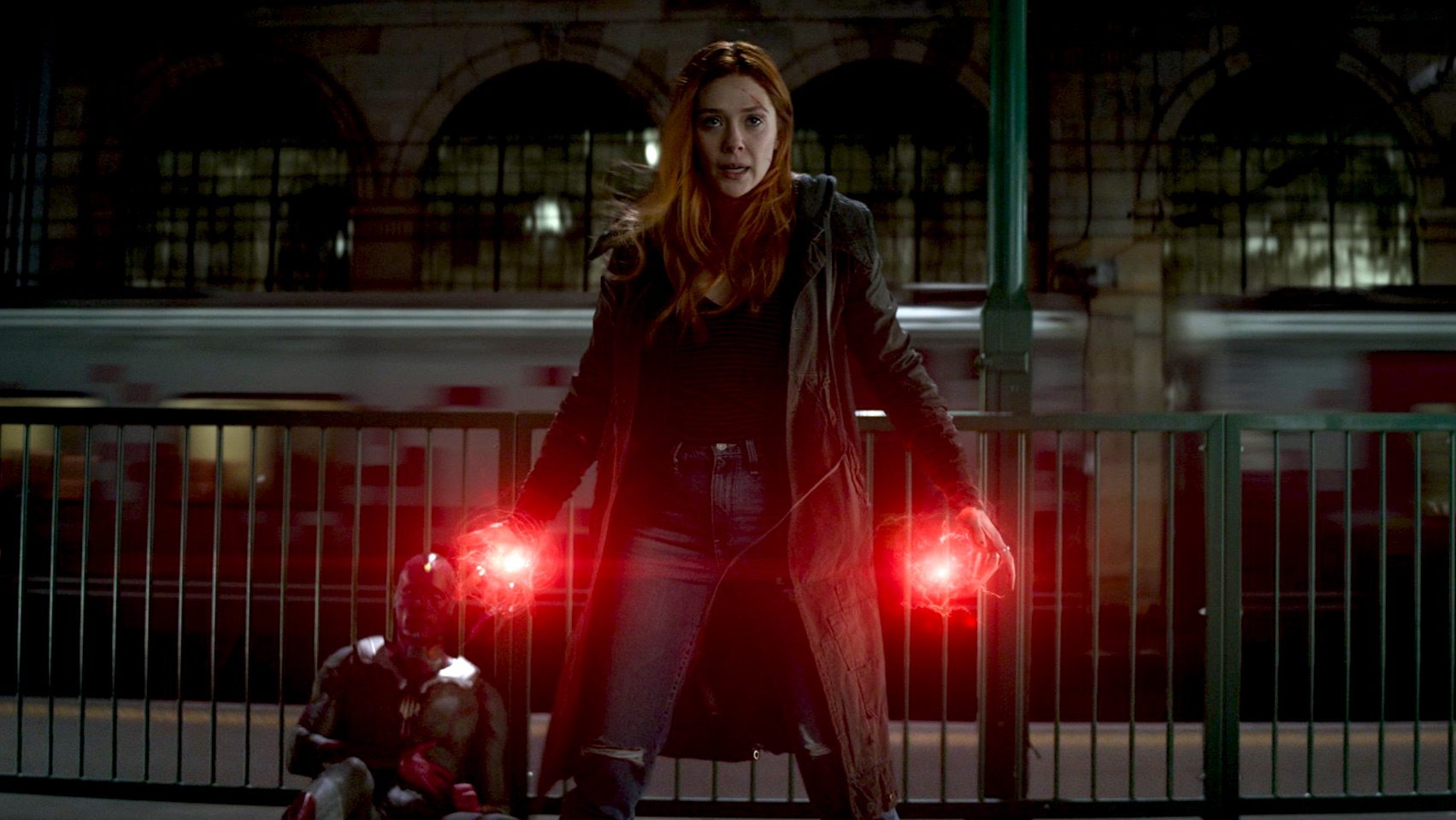
Each of the primary plot threads in Infinity War also has its own emotional arc that’s drawn from the relationships between characters.
- Thanos is trying to achieve what he believes is his life’s purpose
- Thanos hopes to heal his fractured father-daughter relationship with Gamora
- Gamora and Star-Lord must choose between love and duty
- Scarlet Witch is trying to protect Vision (whom she loves) from certain death
- Thor is trying to personally avenge Thanos’s destruction
- Tony Stark feels “fatherly” responsibility for getting Peter Parker involved in all this
By juxtaposing large stakes (“the destruction of half the universe”) with personal ones (“love or death?”), Infinity War tries to keep us balanced between macro and micro tensions. It doesn’t always work, but at its best, those big-picture plot twists have huge emotional payoffs that are embodied through interpersonal changes.
It’s safe to say that none of the characters mentioned above ends the film in the same headspace they started it in. While Thor may follow the most classic hero’s journey, Thanos does the same in reverse.
Crucially, much like Killmonger’s motivations were rationally portrayed in Black Panther, Thanos’s dream of universal semi-genocide is… understandable, though not agreeable. But like any great villain, Thanos truly believes he’s the hero of his own story.
Information Revelation: Thanos for the Memories
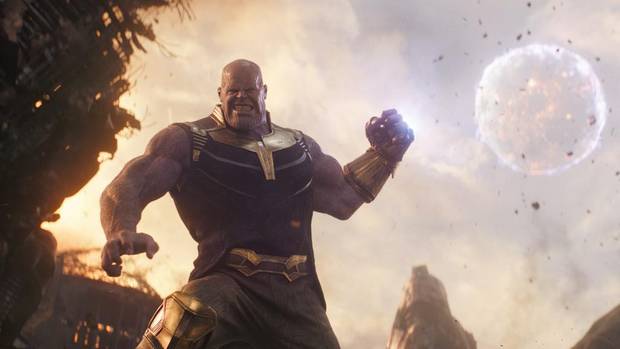
The movie’s most impressive feat may be this:
You don’t actually have to know anything about Marvel comics or MCU movies to understand, appreciate, and enjoy Avengers: Infinity War.
Will it help? Absolutely.
But Markus and McFeely do a solid job of delivering all necessary plot and character information as efficiently and naturally as possible.
Some highlights?
Don’t know what the Infinity Stones are? Doesn’t matter! Wong explains it all in a quick lesson for Tony Stark (AKA “the audience”).
What do each of the stones do? Doesn’t matter! Only the Space and Reality Stones are actually used onscreen; the other four basically just act as MacGuffins / plot devices / batteries that power up Thanos’s gauntlet for his big finale.
Who are all these characters and how do they all know each other? Doesn’t matter! When one guy onscreen wants to blow up half the universe, everyone opposing him becomes friends by default. They all have a clearly shared goal, and the rest comes out in conversation.
But actually, my favorite setup-and-payoff technique in Infinity War is this:
The film takes a moment to make sure the audience understands that every character means something to someone else in the film.
You don’t have to watch 30 hours of backstory to appreciate the power of a line like “Nat…” or Rhodey failing to see what he’s looking for, the look on Tony’s face when… well, you’ll see the movie for yourself.
And when you do, consider how little you actually need to know about any of these characters or their backstories in order to care about what happens onscreen.
That’s efficient storytelling.
What Didn’t Quite Work (But Could Have)?
For everything Infinity War does ably, there are a few places where it stumbles too.
Chief among them?
The Opening Scene
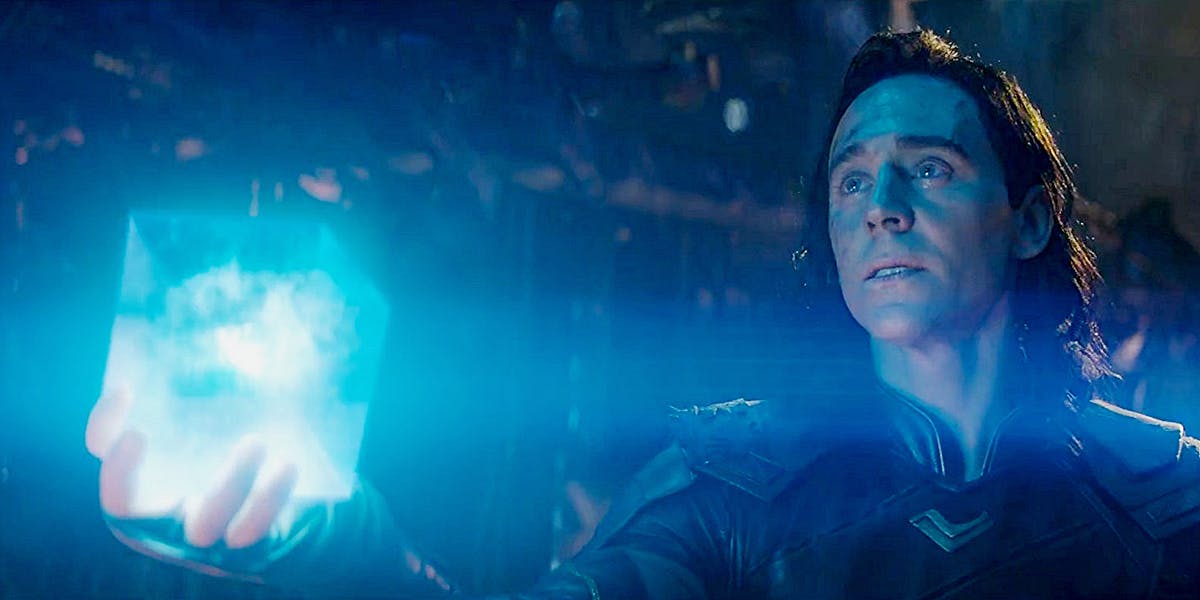
Honestly, this scene does work well functionally.
That’s impressive, because it has to set the tone, establish the stakes, anchor us in a specific time and place relative to previous MCU films, and clearly define the goals and powers of an enemy we’ve barely seen onscreen before.
It does all of this while also wrapping up several plot / character threads and kicking off Thor’s character arc for the film. So to say this scene is a miss is a bit uncharitable.
What I fault it for is feeling logically rushed and emotionally compressed.
Ironically, this is probably the one scene in the film where an understanding of the MCU (or at least having seen the setup in Thor: Ragnarok) would be helpful in fully appreciating what happens, both plot-wise and character-wise.
As it is, we’re asked to understand things a little too quickly, and we’re asked to feel things without having sufficient time to let the moment breathe.
Considering how pivotal this scene really is, it would have benefited by starting probably five minutes earlier. I can understand why a film that runs two hours and thirty minutes couldn’t realistically add more, but I personally would have happily traded half of Vision and Scarlet Witch’s Scotland scene for more breathing room here.
The Soul Stone Sequence
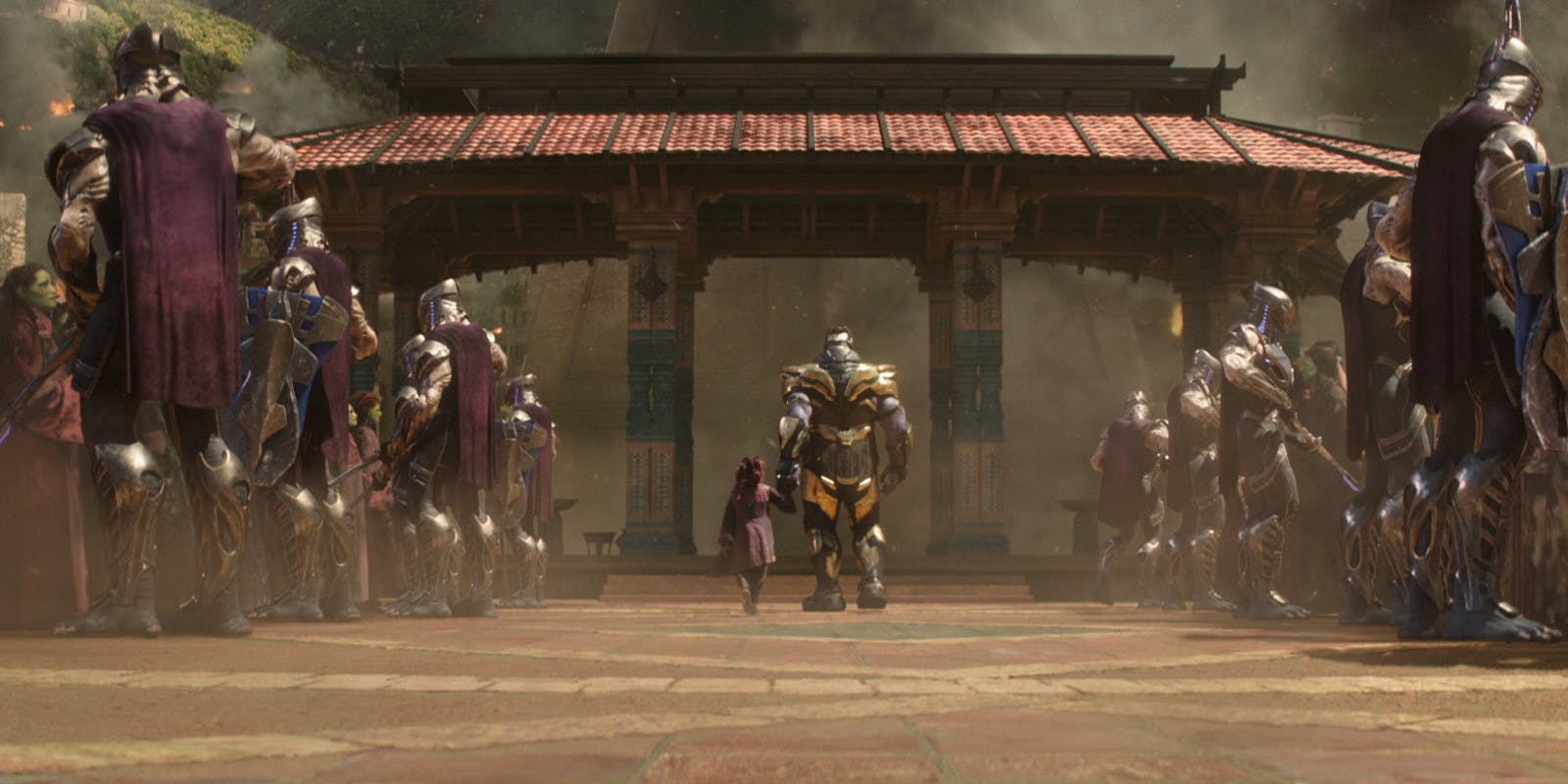
Honestly, this entire plot point felt extremely forced.
Again, this may partly be the result of having to compress years’ worth of emotional catharsis into a handful of scenes. But without going too deep into spoilers, I’ll just say this:
If you look at each scene from this entire subplot backwards, from its end to its inception, it seems clear (to me, at least) that it was written this way to humanize Thanos and force Star-Lord to make a certain decision that everyone in the theater didn’t want him to make.
As I’ve written before, one of screenwriting’s biggest sins is when a character behaves “out of character.” I think you could argue that several characters in this subplot are pushing that envelope.
RELATED:
The Stormbreaker Fetch Quest
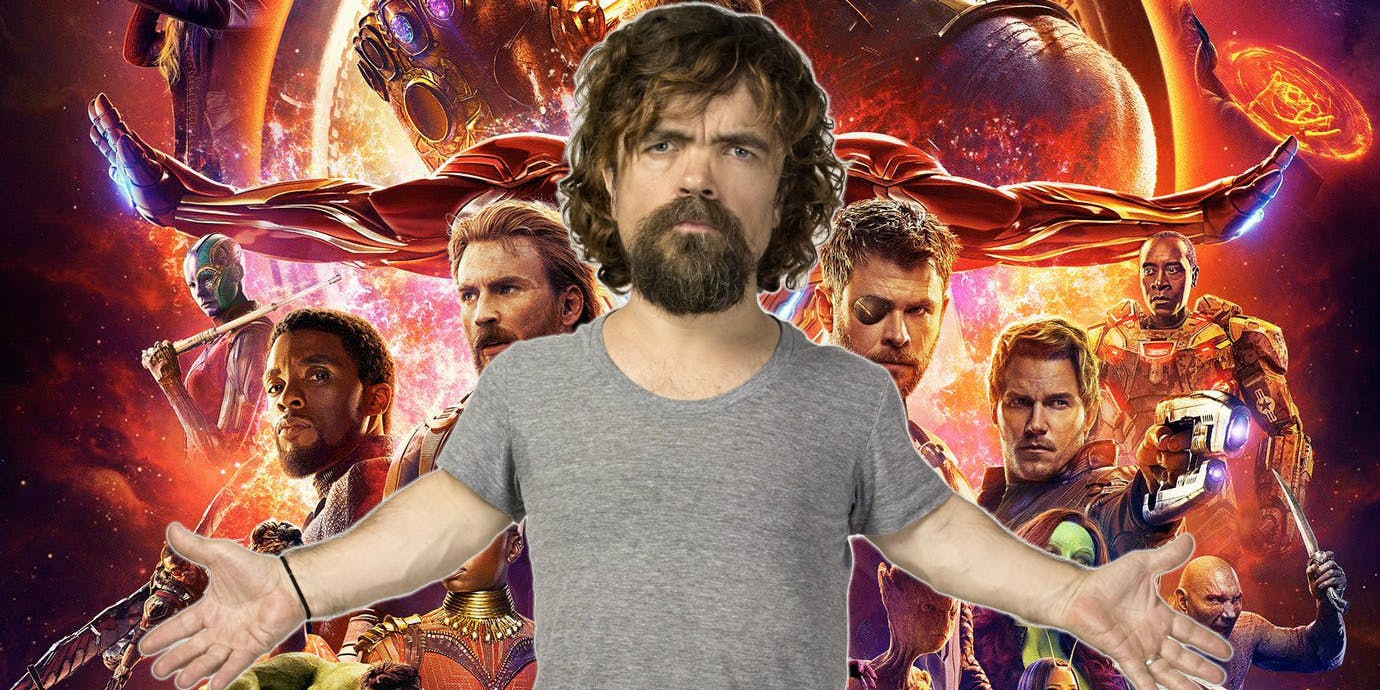
I mean, come on.
But in all honesty, while this subplot provides some of the film’s best dialogue and biggest blockbuster effects… it ultimately doesn’t add up to much.
Instead, it feels more like a time-killing side quest to give the other subplots something to cut away to between act breaks.
Which brings us to the grand finale:
The Boss Battle Buildup
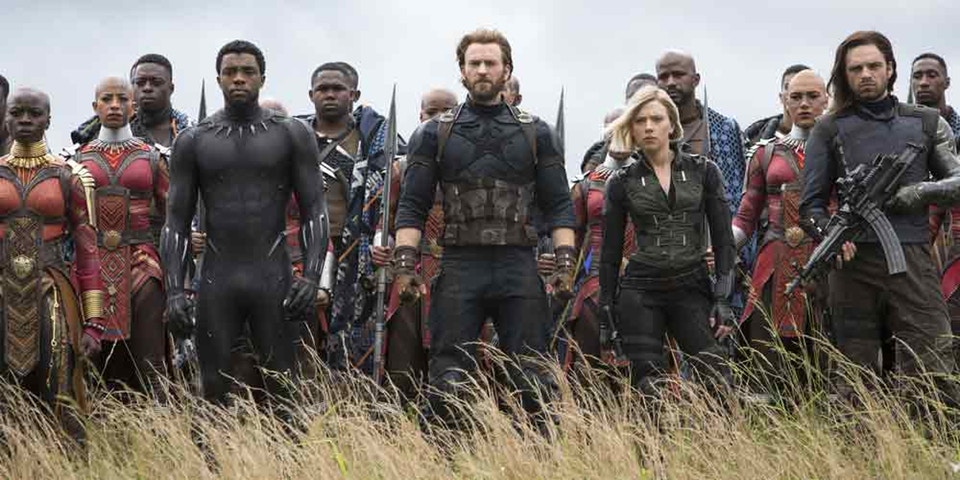
Wakanda forever… give or take… more or less…
So, here’s the thing:
For me, this sequence fails on three levels.
First, logically, there’s not much reason why T’Challa would allow Wakanda to be the site of Earth’s last stand. For a guy who literally just opened up his country’s borders, volunteering his entire population to defend the planet on behalf of a dude he met once and an android he’s never even seen is… well, let’s just say this never would have happened if Wakanda wasn’t a monarchy where T’Challa had to worry about getting re-elected.
Second, this sequence is a prime example of Marvel’s “throw all the pieces in a blender” style of action sequences: we really have no idea how powerful each side is, who’s standing where, or what would have to happen for either side to “win” aside from total annihilation of the other. And yet…
Third, there don’t seem to be any actual stakes here. Sure, people are getting slaughtered on the battlefield… but they’re all extras. If the audience knows your name, we also know that the odds of you surviving this sequence are pretty high. In fact, they’re so high, we’ll let you keep making jokes to show how unfazed you are by these allegedly high stakes, which creates a tonal dissonance that usually only exists in Guardians of the Galaxy movies.
RELATED:
However…
Again, to be fair, there’s a reason why so many people are leaving the theater after Infinity War feeling things they weren’t expecting.
And yes, the pop culture Internet has already broken down why maybe none of this matters, and why watching Marvel movies can sometimes feel like an exercise in self-loathing.
But in the moment — judging Infinity War as the midpoint of a two-part tale — I think it’s also fair to say that no one would be feeling what they feel, worrying what they’re worrying, or hoping for what they’re hoping if we weren’t attached to these characters and the act of consuming their stories in the first place
So, Where Do We Go from Here?
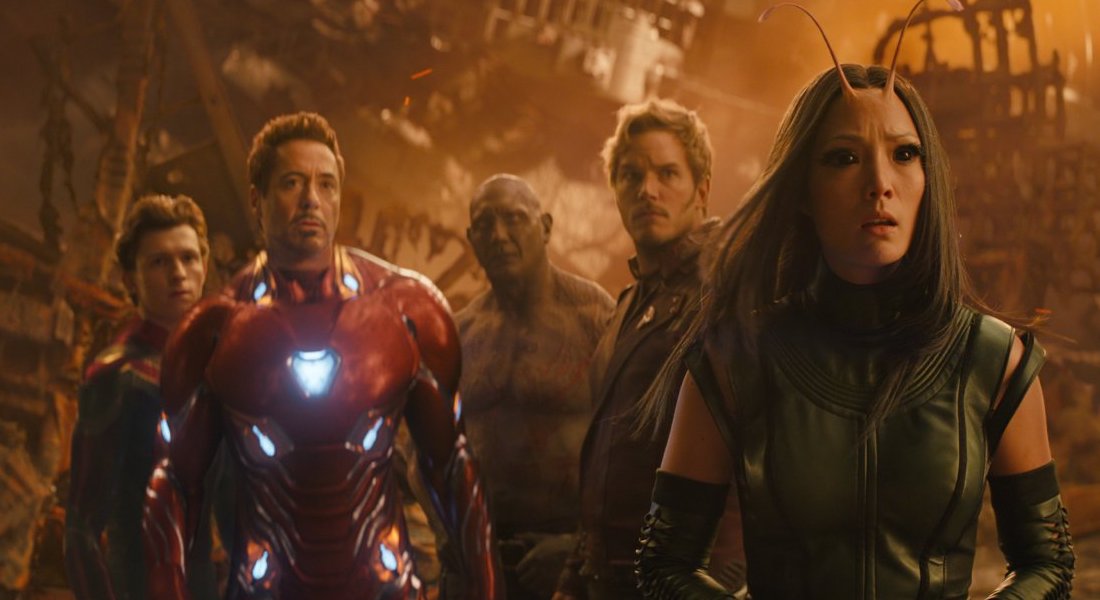
McFeely and Markus have already likened the next Avengers movie to “a ’90s heist film,” which should give you a pretty good idea of where the Avengers 4 plotline is headed.
And if you’re a fan of the comics (or just a good Googler), you can probably dig up at least one reason why this film’s ending may only be temporary.
Plus, there’s a very well-reasoned fan theory about how Ant-Man & The Wasp and the upcoming Captain Marvel movie will provide the missing pieces of Infinity War‘s puzzle.
But no matter what Marvel has in store for the end of this story arc or their next Phase of MCU films, one thing is certain:
With Avengers: Infinity War setting more opening weekend box office records, fans around the world will keep showing up to see these stories in droves, which makes the MCU the most impactful storytelling engine on the planet.
And you can bet their next ensemble crossover will be even bigger.
The characters, actors, and plotlines may change from film to film, but the house that Tony Stark (and Marvel, and Disney) built won’t be turning to dust anytime soon.
Want to Read More Posts Like This?
The Biggest Story Problems in Jurassic World: Fallen Kingdom
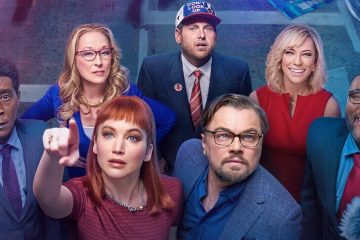
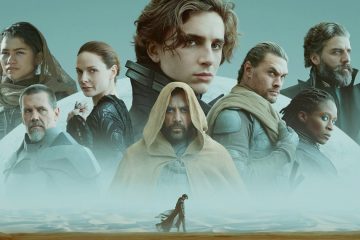
0 Comments